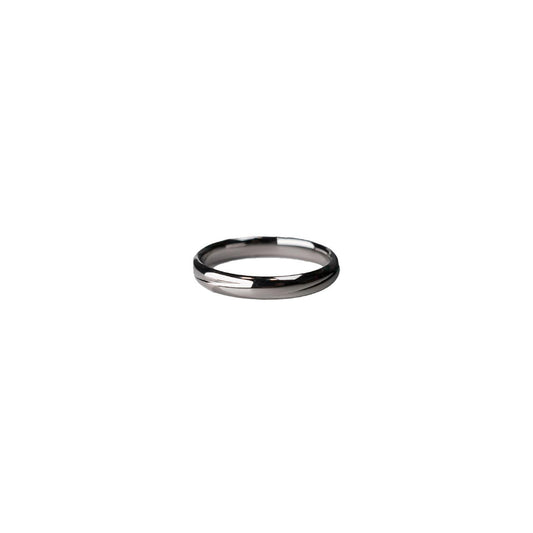Measuring Your Way to the Perfect Ring Fit
Measuring Your Way to the Perfect Ring Fit
A few years ago, I found myself standing at the counter of a small jewelry shop, staring at a display of rings that shimmered under the bright lights. I was there to pick out an engagement ring, a task I thought would be straightforward. As I peered into the glass case, the jeweler leaned over and asked, "Do you know the size?" Panic set in because, of course, I didn’t. Ring measurements were a world of mystery to me, and I quickly learned that inches are not the common currency in most jewelry stores.
In the United States, ring sizes are typically classified numerically and correlate directly to a scale based on inches. The sizing starts from 0 and can go up significantly, but much of the everyday action happens between sizes 3 and 13. Each full size increment corresponds to roughly a one-tenth inch increase in the inside circumference of the ring. It might seem small, but trust me, that little difference can be the key to whether a ring fits comfortably or spins awkwardly around your finger.
As I fumbled through the sizing process, the jeweler introduced me to a sizing tool—a simple ring mandrel. It looked like a metal index of sorts, with grooves and numbers etched along its side. It showed how each size lined up with a specific circumference in inches. Seeing the numbers laid out like that, suddenly, it wasn’t just about getting a measurement right; it was about understanding a language crafted for precision.
The fascination with this measurement scale is more than just technical. There's a romantic element to knowing your partner's ring size without them having to tell you—it's like grasping an intimate detail that only two people share. I remembered my grandmother, who used to wear a ring my grandfather gave her during World War II. She once mentioned, with a twinkle in her eye, that even after decades, the ring stayed snug. "He knew my size by heart," she’d say.
In the digital age, where everything seems to jump from a screen to reality, the tactile evaluation of a ring size quietly insists on a pause. It's about getting that perfect fit, a commitment not only to style but to the enduring comfort of an often-symbolic piece.
For those navigating their way through this delicate process, a little trick might help. If the person can't be there to size it directly, a helpful method is to take one of their existing rings and measure its diameter in inches using a ruler. Then, consult a sizing chart to convert that measurement to a standard ring size. It’s a small measure of assurance that could make all the difference.
As for me, standing there, slightly flustered but finally informed, I picked the ring—and the size—feeling a little more confident, armed with the knowledge that sometimes, the smallest measurements can carry the greatest weight.


























